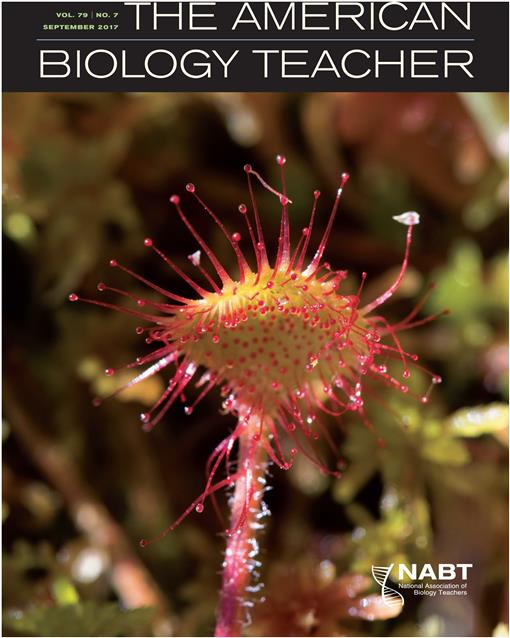Insects provide an excellent model for examining concepts in endocrinology in the classroom. They are relatively inexpensive to rear, short-lived, and free from animal welfare regulations. Using the tobacco hornworm (Manduca sexta) as a model, we have developed a simple laboratory experiment to demonstrate the role of hormones in development. In this experiment, students will use a readily available agonist to disrupt insect development, preventing metamorphosis. This exercise fits well into the AP lab curriculum and the NGSS LSB.1 objectives.
How to translate text using browser tools
1 September 2017
Teaching Principles of Endocrinology Using the Tobacco Hornworm
John M. Rowland,
Ian J. Rowland,
Walter G. Goodman
ACCESS THE FULL ARTICLE
It is not available for individual sale.
This article is only available to subscribers.
It is not available for individual sale.
It is not available for individual sale.

The American Biology Teacher
Vol. 79 • No. 7
September 2017
Vol. 79 • No. 7
September 2017
(S)-methoprene
growth
hormones
insect development
juvenile hormone
metamorphosis




